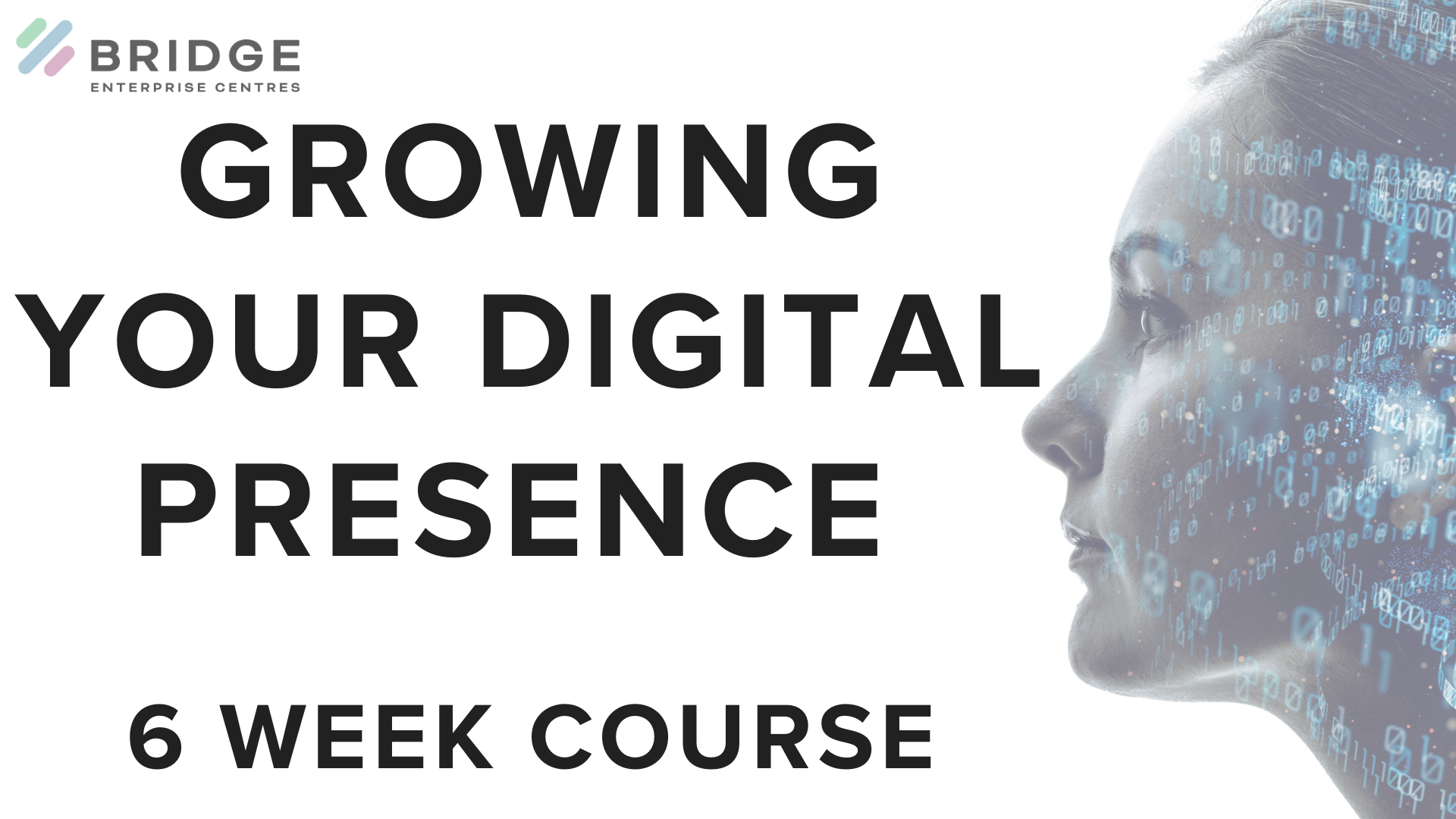
In today’s competitive business landscape, having a well-structured sales strategy is essential for driving growth and ensuring success. A strong sales strategy provides direction for your sales team, aligns their efforts with the wider business goals, and ensures every action taken is deliberate and impactful. Whether you’re a small Irish business or a large enterprise, here’s a step-by-step guide to help you develop a winning sales strategy.
1. Define Your Sales Objectives
Set Clear Goals: The first step in crafting a sales strategy is to clearly define what you aim to achieve. Whether your objective is to boost revenue, grow market share, or acquire new customers, having specific goals will guide your approach.
SMART Goals: Make sure your goals are Specific, Measurable, Achievable, Relevant, and Time-bound. For instance, rather than a vague goal like “increase sales,” a SMART goal would be “increase sales by 20% in the next quarter.” This ensures everyone knows exactly what they’re working towards.
2. Understand Your Market
Market Research: Conducting thorough market research is crucial to understanding the business environment in which you operate. Identify key industry trends, market size, and growth potential within your target area.
Competitor Analysis: A comprehensive analysis of your competitors’ strengths, weaknesses, opportunities, and threats (SWOT analysis) can reveal gaps in the market that your business can fill. This not only provides insights into what your competitors are doing but also helps you find ways to stand out.
3. Identify Your Target Audience
Customer Segmentation: Segmenting your market allows you to cater to different customer groups more effectively. You can segment your audience by factors such as demographics (age, gender, income), psychographics (lifestyle, values), behavior (purchase habits), and geography (location).
Buyer Personas: Once you’ve segmented your market, develop detailed buyer personas representing your ideal customers. These personas should outline their needs, challenges, purchasing habits, and decision-making processes. This helps tailor your sales messaging to resonate more deeply with different customer segments.
4. Develop Your Unique Selling Proposition (USP)
Highlight Differentiators: A compelling Unique Selling Proposition (USP) is what sets your business apart from the competition. What can your product or service offer that others can’t? Your USP should clearly answer why a customer should choose your product or service over others in the market.
Value Proposition: Communicate the value your product or service delivers to your customers. Focus on the specific benefits and outcomes that will make a difference in their lives or businesses.
5. Choose the Right Sales Channels
Direct Sales: Direct sales can be a great fit if your product requires customisation or if your target customers value personal interaction. This approach can be more hands-on but also allows for stronger relationships to be built.
Indirect Sales: Consider indirect sales channels, such as distributors, affiliates, or online marketplaces, to expand your reach. This can be particularly useful for businesses looking to scale quickly without increasing direct sales resources.
Digital Channels: Utilise digital channels like social media, email marketing, and your website to broaden your audience and generate new leads. The digital landscape provides numerous opportunities to engage customers at every stage of their journey.
6. Build a Strong Sales Team
Hiring: Recruiting talented and skilled sales professionals is crucial. Look for individuals whose experience and expertise align with your sales strategy, as they will be the ones executing it.
Training: Provide ongoing training and development opportunities to ensure your sales team stays up-to-date on your products, industry trends, and new sales techniques.
Incentives: To motivate your team, create a competitive compensation plan with performance-based bonuses. This will ensure your team is always striving to meet and exceed their targets.
7. Create a Sales Process
Sales Funnel: A clearly defined sales funnel is key to tracking potential customers from initial engagement to closing a sale. Each stage of the funnel, from lead generation to closing, should have a corresponding set of tactics to guide prospects through the process.
Sales Tactics: Your sales tactics might include cold calling, email outreach, product demonstrations, and follow-ups, depending on what stage of the funnel the prospect is in.
Sales Tools: Equip your team with the right tools to improve efficiency and accuracy, such as Customer Relationship Management (CRM) software, sales automation platforms, and analytics tools to track performance.
8. Implement a Lead Generation Strategy
Inbound Marketing: Attract potential customers by using inbound marketing tactics such as SEO, content marketing, and social media. By offering valuable content, you can pull in leads who are actively looking for solutions.
Outbound Marketing: In addition to inbound methods, outbound tactics like cold calling, email outreach, and direct mail can help you proactively connect with potential customers.
Networking: Attend industry events, trade shows, and conferences to meet potential clients face-to-face. Networking remains a powerful tool in building relationships and generating high-quality leads.
9. Monitor and Analyse Performance
Key Performance Indicators (KPIs): Regularly track KPIs such as conversion rates, sales cycle length, and average deal size to measure the effectiveness of your strategy. These insights will help you identify areas for improvement.
Regular Reviews: Make sure to conduct periodic reviews of your sales performance. This enables you to pinpoint what’s working well and where adjustments are needed to optimise results.
10. Continuously Improve
Feedback Loop: Create an open feedback loop with your sales team. Regularly gather insights on their experiences with prospects and customers, and use this information to refine your strategy.
Adapt and Innovate: The business landscape is constantly changing. To stay competitive, be willing to adapt your strategy based on market trends, customer feedback, and emerging opportunities. Continuous innovation is essential for staying ahead of the curve.
In conclision, developing an effective sales strategy for your Irish business is a crucial step towards sustainable growth. By setting clear objectives, understanding your market and audience, differentiating your offer, and continuously improving, you can create a strategy that drives long-term success. Remember, your sales strategy should be flexible and evolve as your business grows and market conditions change. Adaptability and innovation are the keys to thriving in a competitive landscape.
As always, consult a professional for advice.









